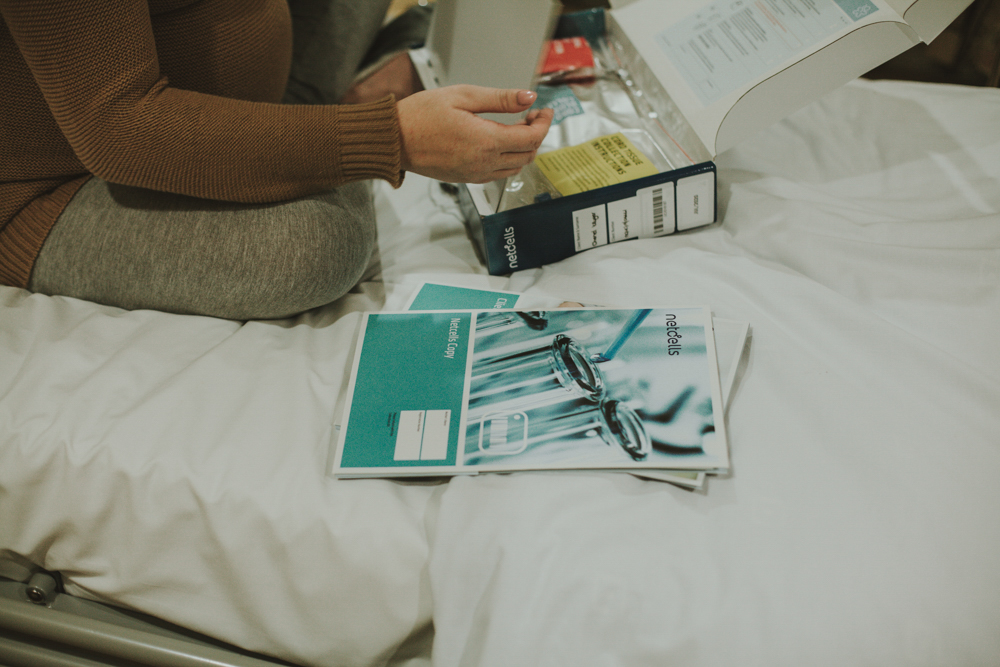
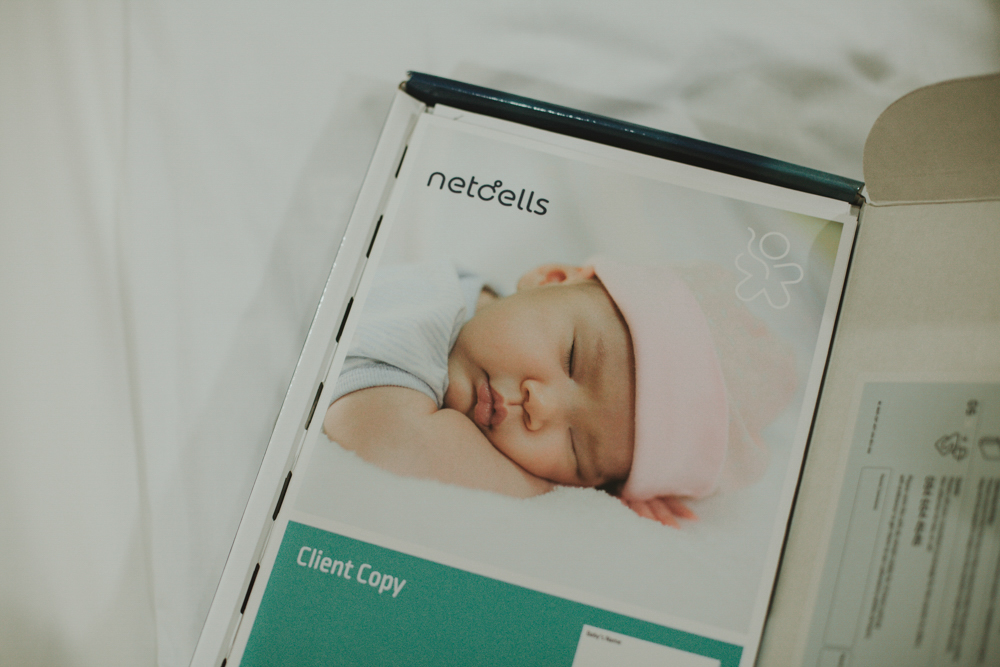
Stem cell storage – ever heard of it? No? It was new to me too. I actually discovered it through photographing births. I saw these rectangular boxes go into theatre with each client. By the third client, I had to ask. “Netcells? What is it?”
So I was told in short: Netcells is a company that stores your babies stem cells. Now what are these stem cells and where do they get them from? How is it stored? Why store it? How long do they store it? I had a lot of questions, like you probably do right now.
I did some online research on the Netcells’ website. They have everything you ever need to know right there so, I won’t go into too much detail. (Click here to read more) But the most important thing – storing your babies stem cells means you could potentially save your child’s life if they were ever diagnosed with a life threatening disorder. And possibly even their siblings. Yes, a sibling has a 1 in 4 chance to be a stem cell match- Isn’t that incredible!
We made the choice to store Amelia’s stem cells because of the “what if’s”. What you also need to understand is that by storing your child’s stem cells, you are investing in future medicine. In future technology. The medical industry is constantly evolving and therefore the current uses of stem cells could poetically evolve into so much more.
So what are stem cells?
Stem cells are special human cells that have the ability to develop into many different cell types, from muscle cells to brain cells. They also have the ability to repair damaged tissues.
Where can you find them?
Besides being found in actual bone marrow and tissue, there are loads of stem cells found in the umbilical cord blood and tissue. The stem cells found in the umbilical cord can easily be collected at birth and is much less invasive than harvesting them later in life.
What can stem cells do?
Umbilical cord blood contains haematopoietic stem cells, also known as blood forming stem cells. Haematopoietic stem cells, purified from bone marrow or blood, have long been used in stem cell treatments for leukaemia, blood and bone marrow disorders, cancer (when chemotherapy has damaged or diminished bone marrow and it needs to be regenerated) and immune deficiencies. The Umbilical cord tissue contains mesenchymal stem cells which can be used to regenerate connective tissue, but this is currently in clinical trial phase It is incredible to think that the umbilical cord blood and tissue is usually discarded as medical waste but can potentially save your child’s life if needed.
Netcells has an amazing portal on their website which allows you to see which therapies are currently in clinical trial phase for both cord blood and cord tissue.
Amelia’s stem cells are currently stored with Netcells and what a pleasure it was to work with them. The entire process was hassle free and their client service was exceptional.
Once you register with Netcells, you receive a box sent to your home or work, you get to choose. This box goes with you to hospital when it’s time for your baby to be born. I had a c-section, so it went straight to theater with me.
My gynae has done lots of stem cell collection in the past so he was familiar with the process. It was done swiftly and efficiently with no problems. Here are photos below of the process.
Afterwards, a nurse comes to draw blood from you in your hospital room. That also gets added to the box. There are a couple of forms to fill out and that’s it – you then just need to let Netcells know everything is ready and they send a courier to collect.
They communicate via SMS with you every step of the way. They also email you letting you know everything was successful and your baby’s stem cells are stored. Something so easy, that takes hardly any time and is pain free – and it has the potential to save your child’s life. But of course, it has a cost.
Netcells has a wonderful option to pay off the banking and storage monthly. They have a couple of different options so have a look at what they offer and decide what works best for you. Discovery Health members also receive a discount off the banking fee. (Every little bit helps, I know)
A while ago I asked about stem cell storage and I got mixed responses. Here’s some answers to the responses received:
1. Delayed cord clamping is so much more beneficial
What is great is that you can do both. Following the recommendations of SOGC and ACOG, providing the mother is not iron deficient and that the pregnancy is at least 37 weeks gestation, cord clamping at 30 – 60 seconds after birth will ensure a safe outcome for the baby and yet allow for an adequate umbilical cord blood collection if the parents wish to do so. It is important to note that each birth is different and your gynae will help you with this.
2. The cells expire and they don’t tell you that.
Theoretically, the stem cells should last the life span of the child, however, there is only scientific evidence that the stem cells can only be stored for 23 and half years. As more evidence is released, they will keep parents informed, you are able to store your child’s stem cells for as long as you would like, they just make sure you know what the science says.
3. Cells cannot be used if the child has any genetic problem. The number of cells are not enough to treat a child older than 8 years old.
If there is an inherited disorder the stem cells cannot be used for treatment as the disorder will be in the stem cells, however, the stem cells can be used to treat disorders that are not related to genetics, such as cerebral palsy (this is still in clinical trial phase). Despite the need for high cells counts for bone marrow regeneration, clinical trials for new emerging therapies are using lower cell counts, for example, in the treatment of cerebral palsy, type 1 diabetes, traumatic brain injury and hearing loss in babies. There is also the possibility of haematopoietic stem cell expansion, where lower cell counts could be increased for treatment, clinical trials are currently underway with this as well.
4. Too expensive and can only be used once.
The cord blood can only be used once – depending on the treatment and the weight of the person receiving the blood. However, the cord tissue is a regenerative stem cell and can therefore be used more than once and is stored in 4 vials to cater for this, should they ever be needed. The cord blood is stored in bags with an 80:20 split. The 80:20 split is a contingency plan for the future, when possibly the number of cells could be expanded and then the unit could be used twice. Netcells does also offers 12, 24 and 60 month pay off plans, which are interest free, to give expected parents the opportunity to store despite the cost.
If you have any more questions regarding stem cell banking, don’t hesitate to ask. View more info on Netcells’ website if you are interested to know more. https://nextbio.co.za/netcells/
Have a look below at the process of Netcells during birth. A big thanks to Dr Truter form Durbanville Medi Clinic for being so open to show the photographer what he was doing, so we could show all of you.


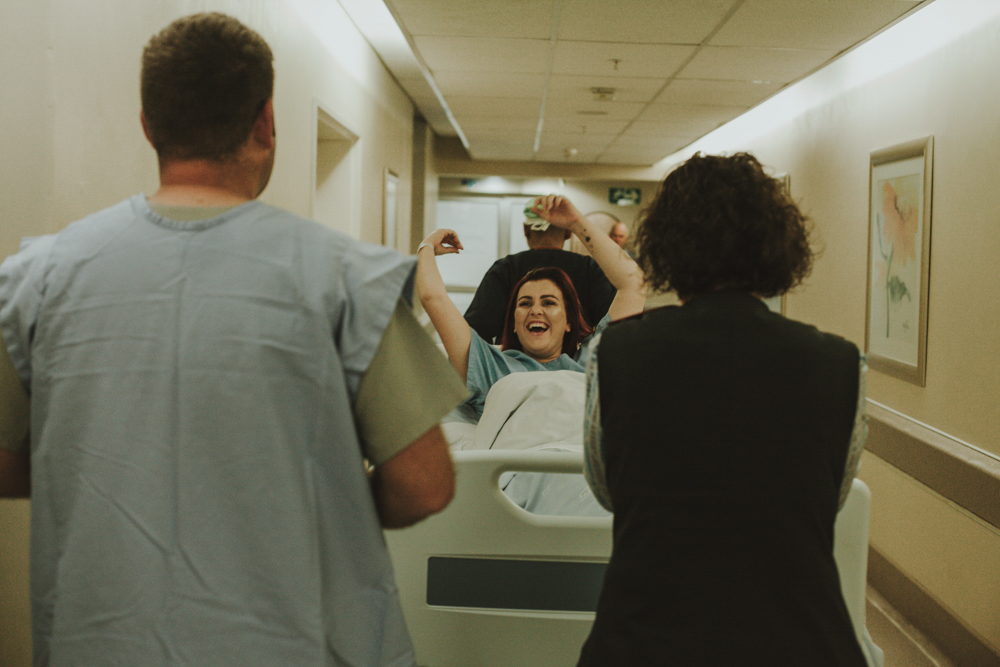
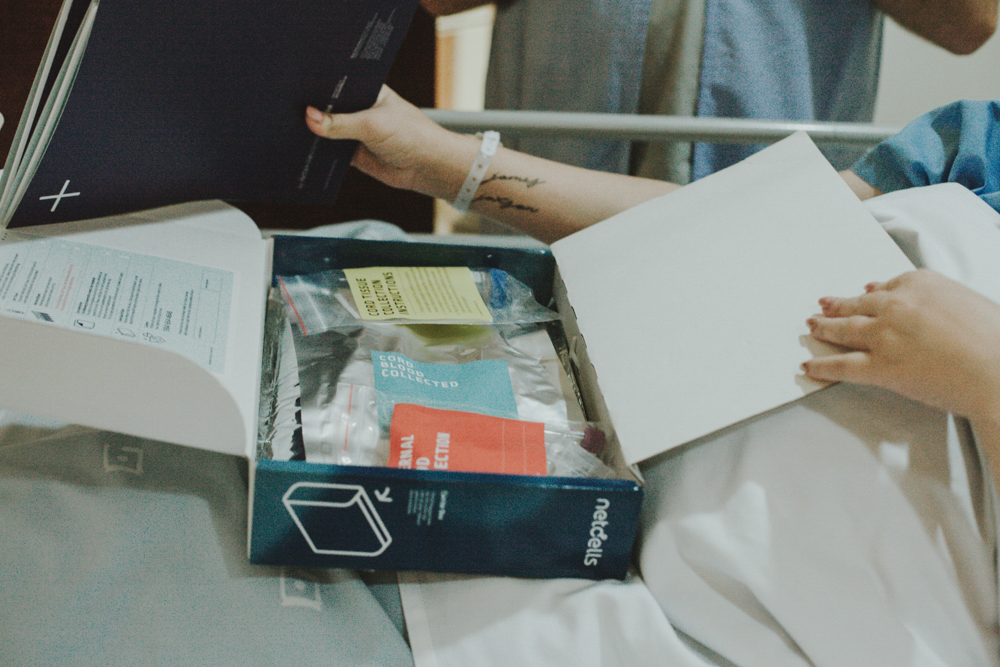
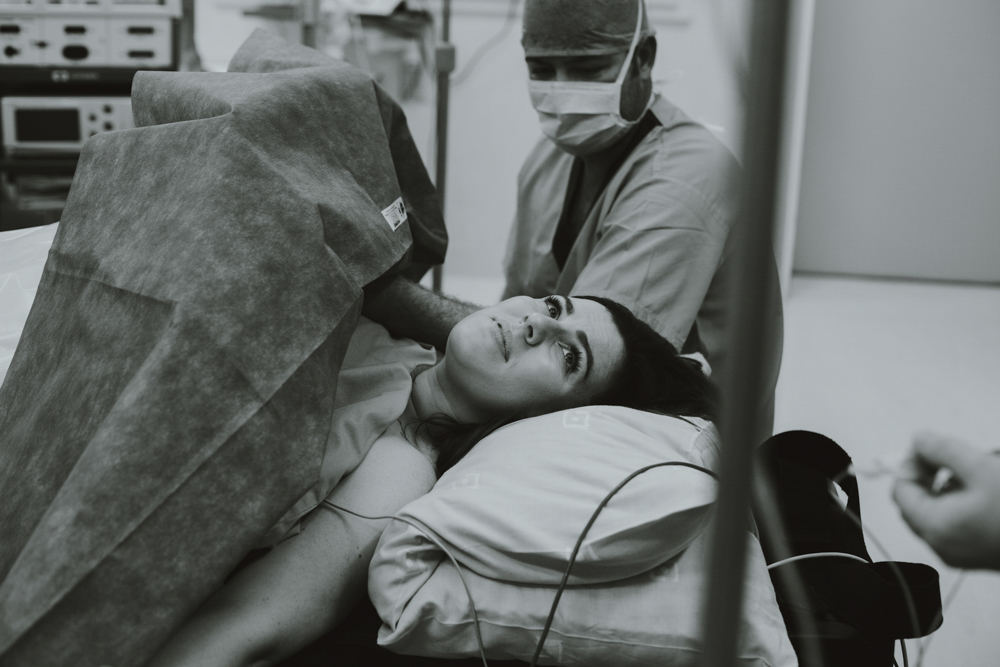



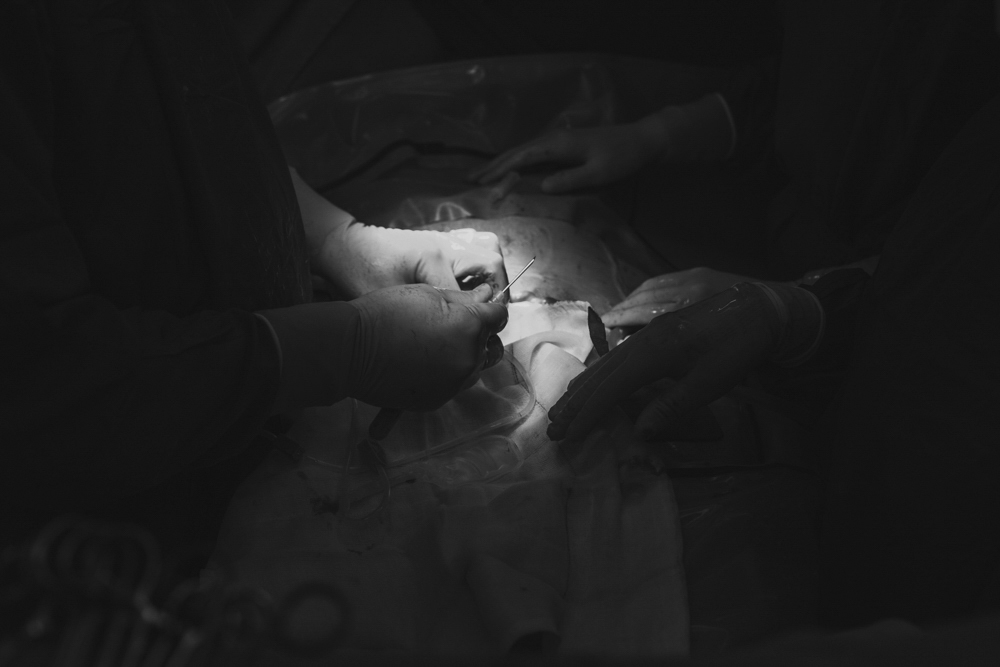

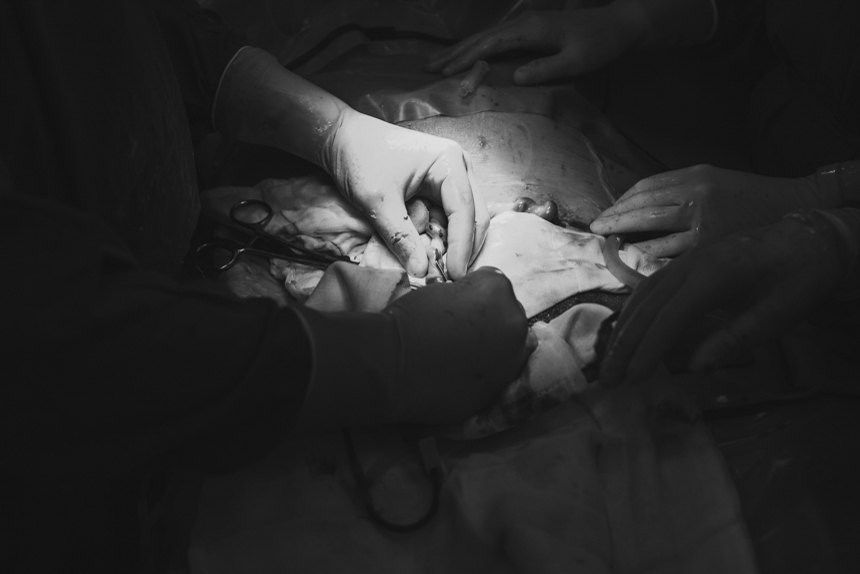
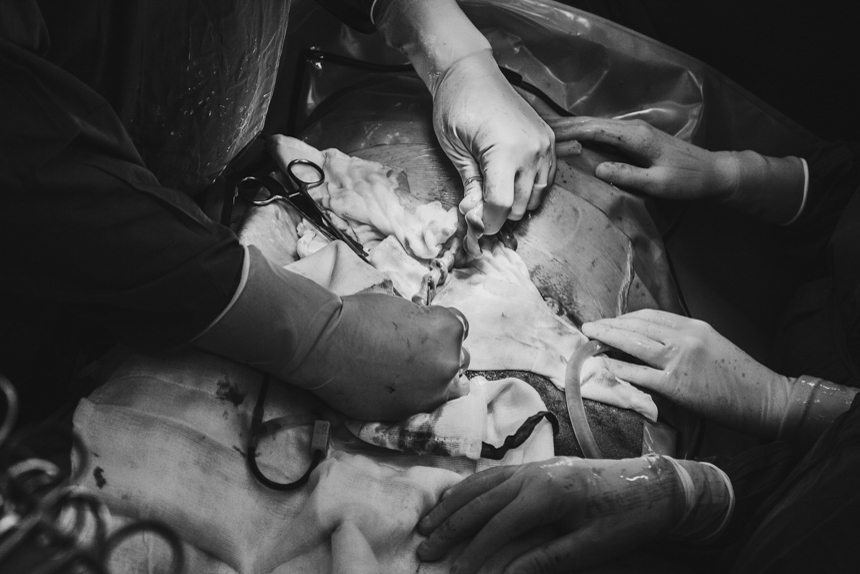

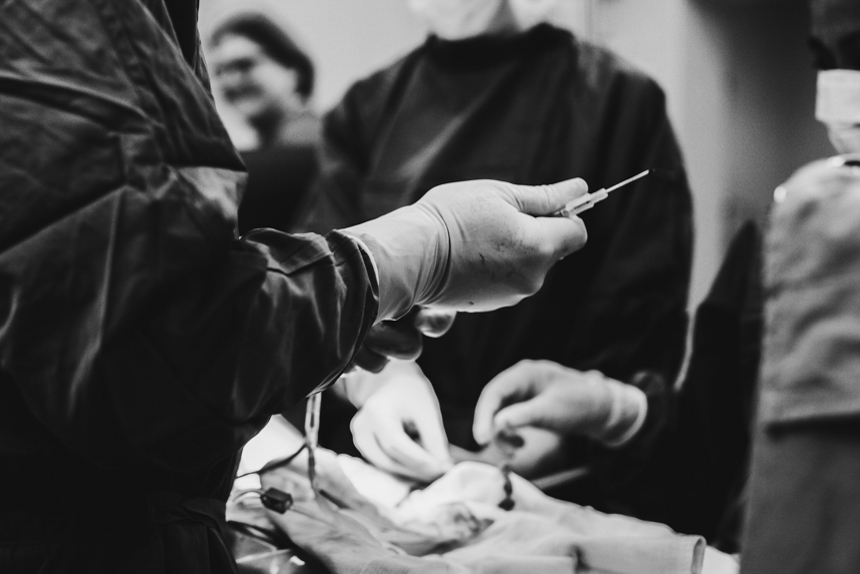
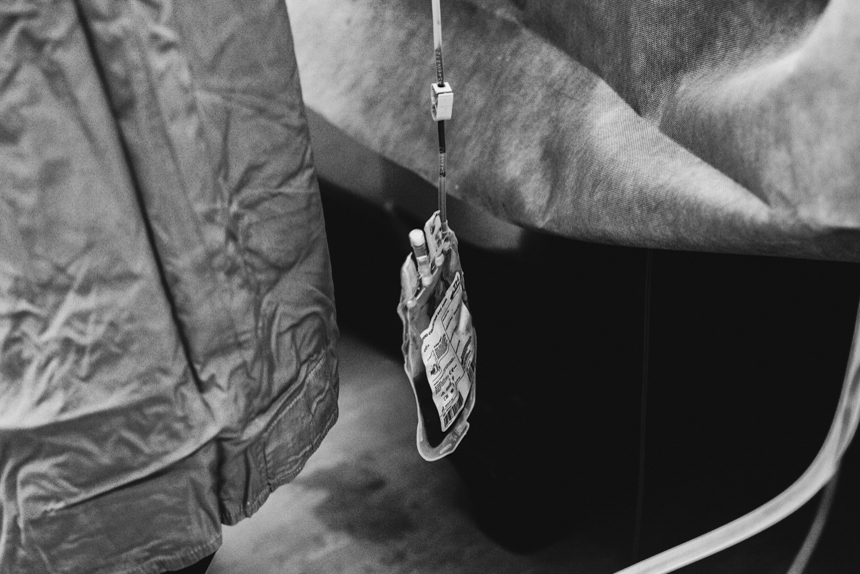

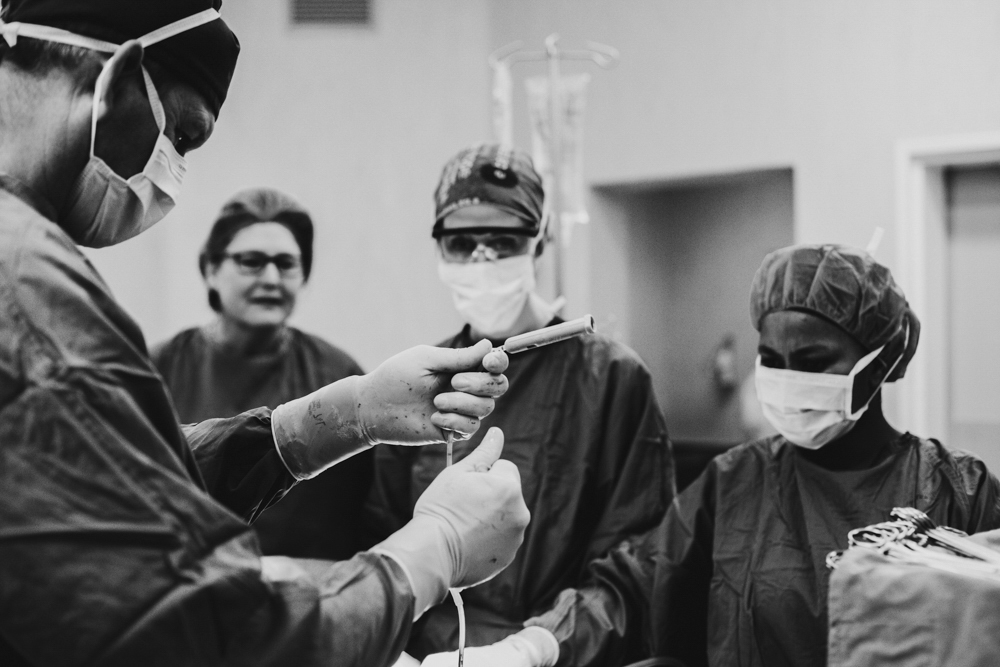

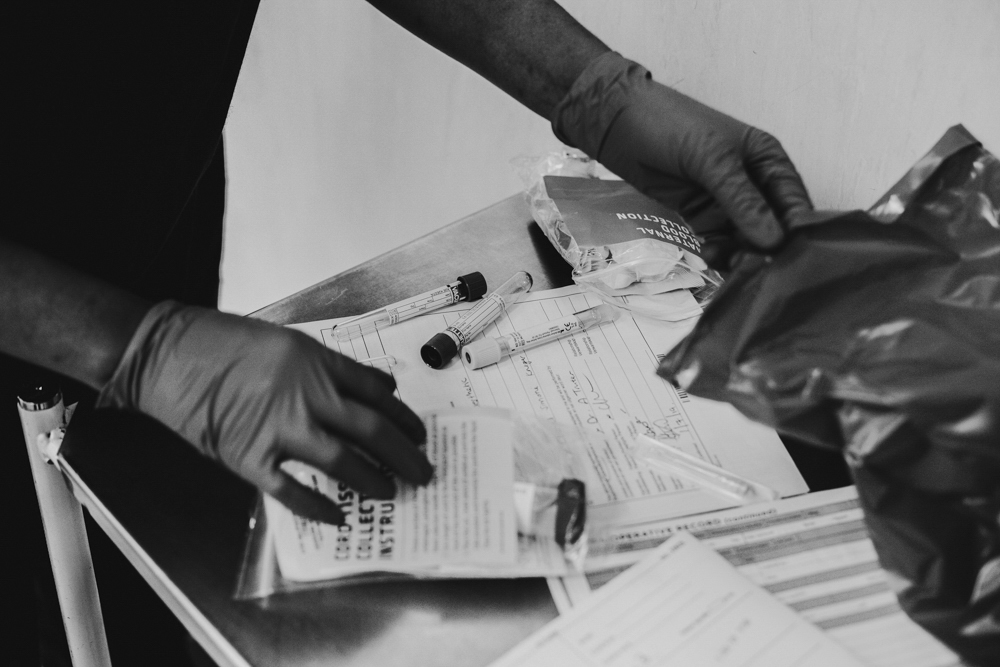
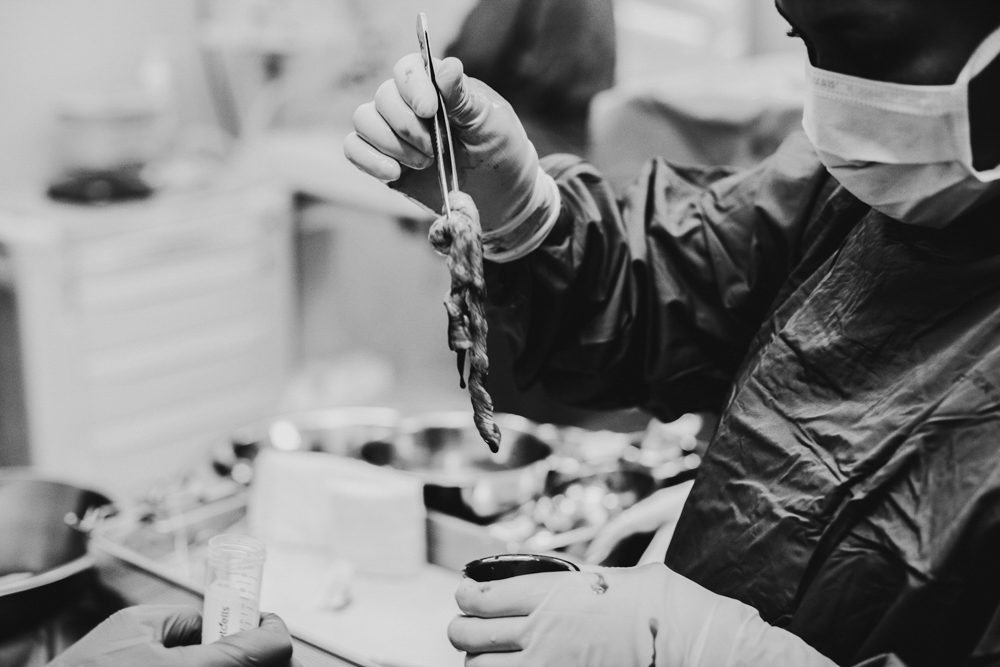
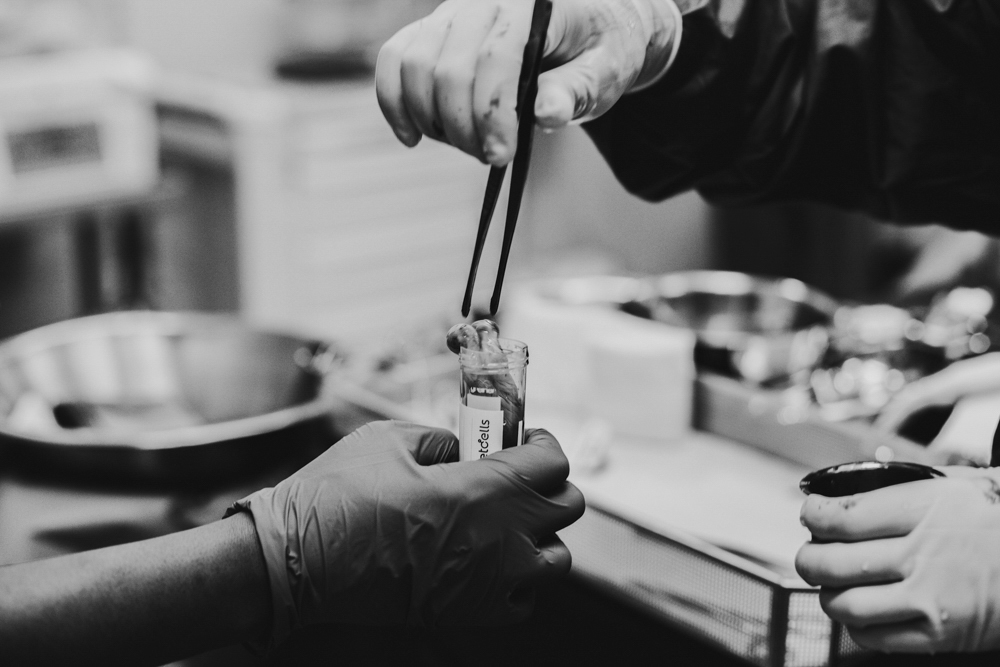

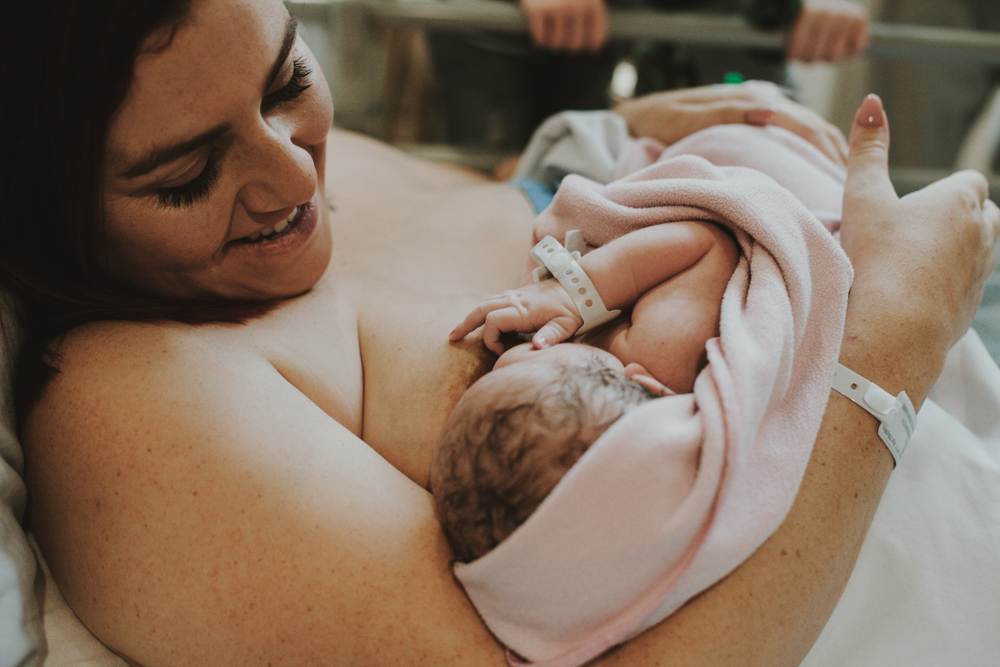
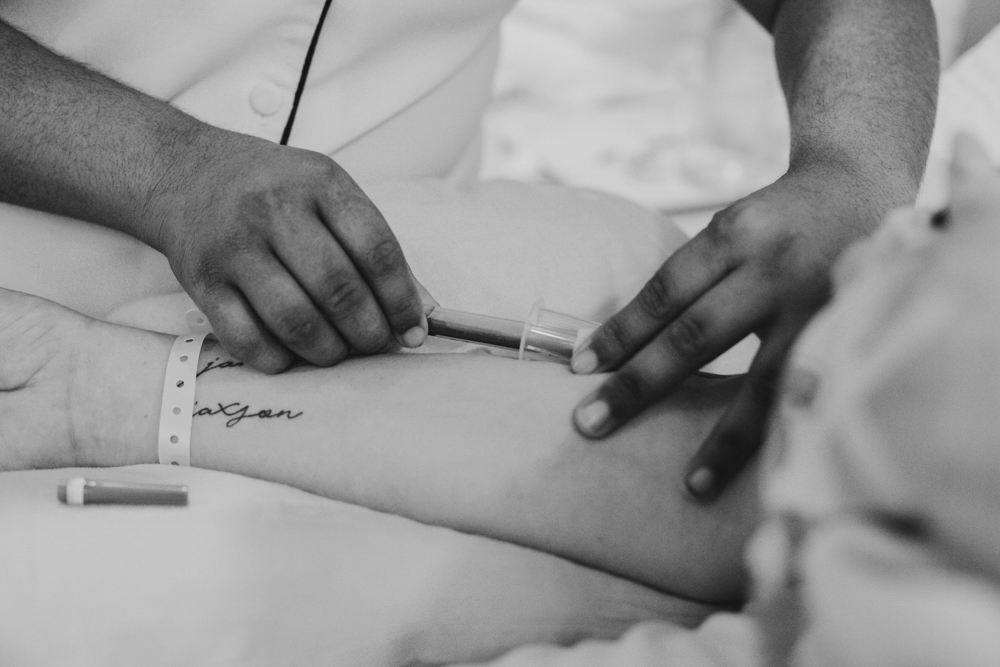
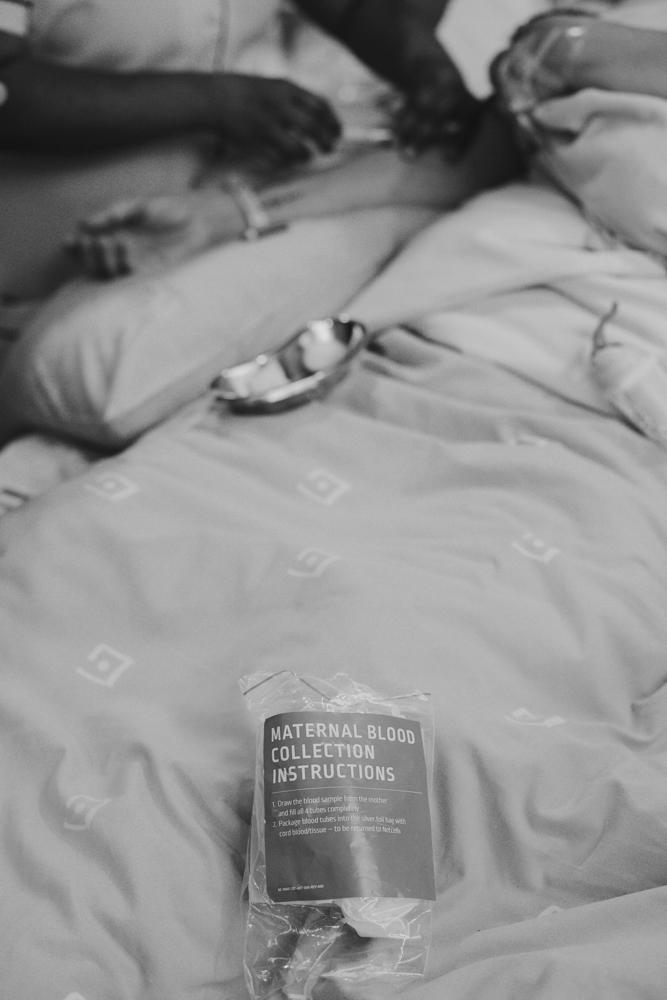


Leave A Comment